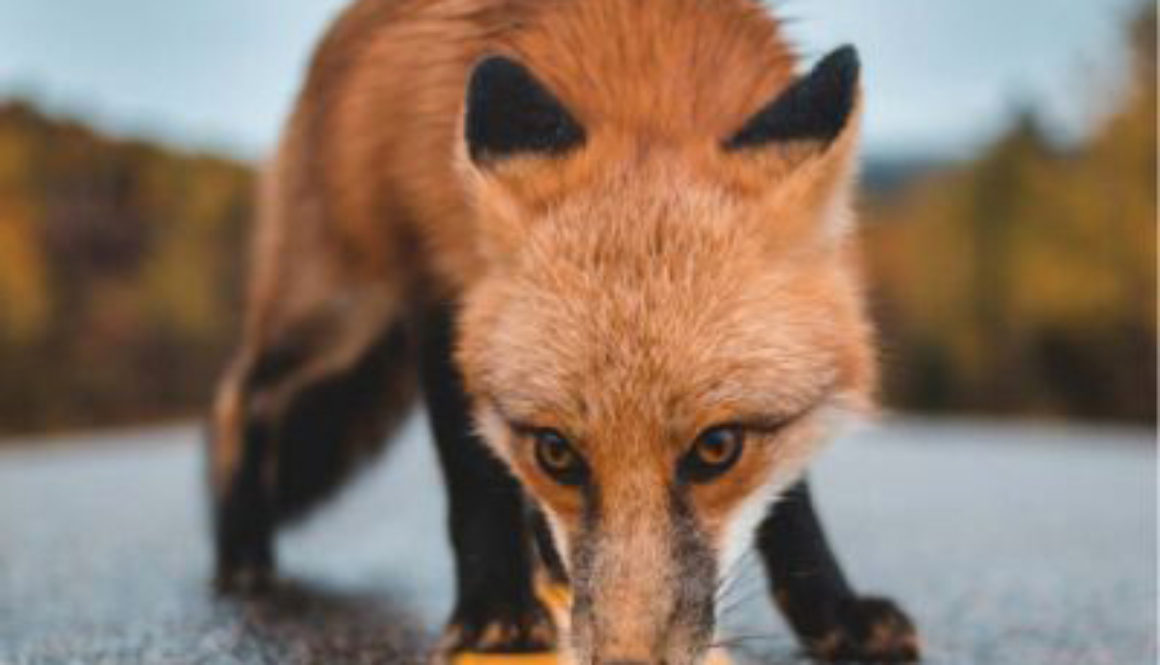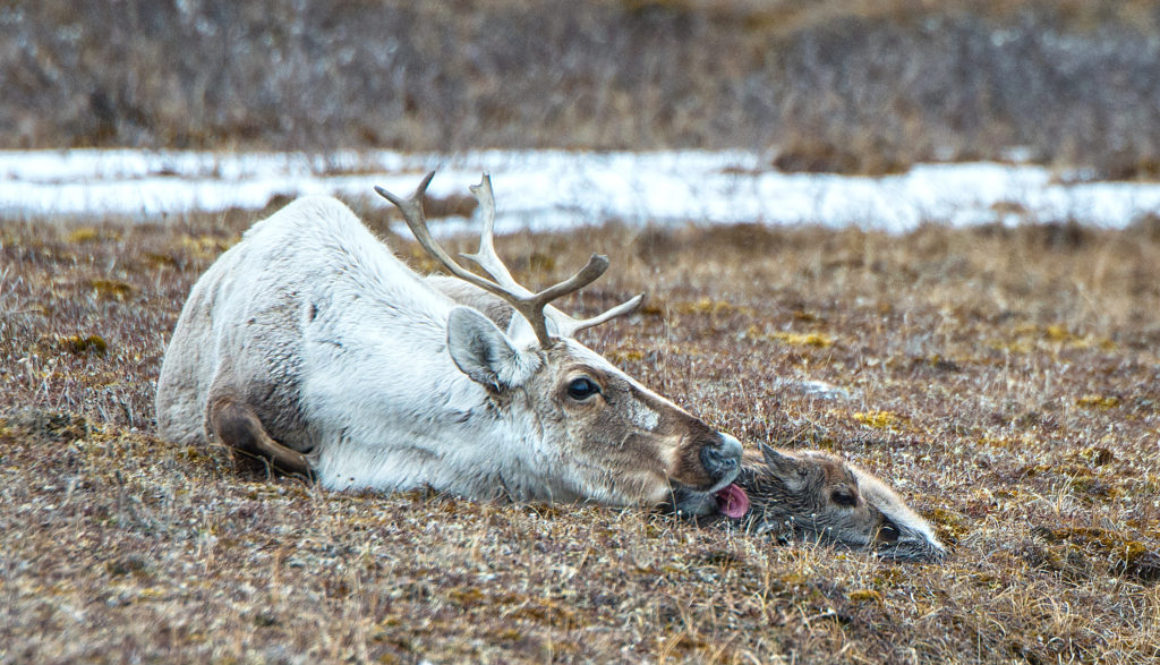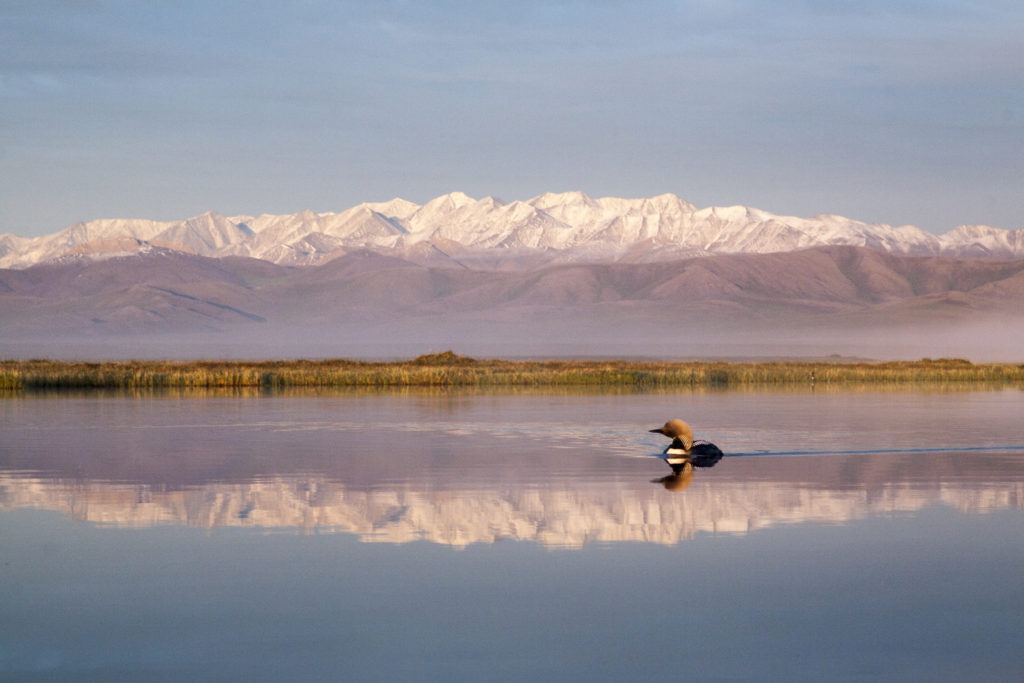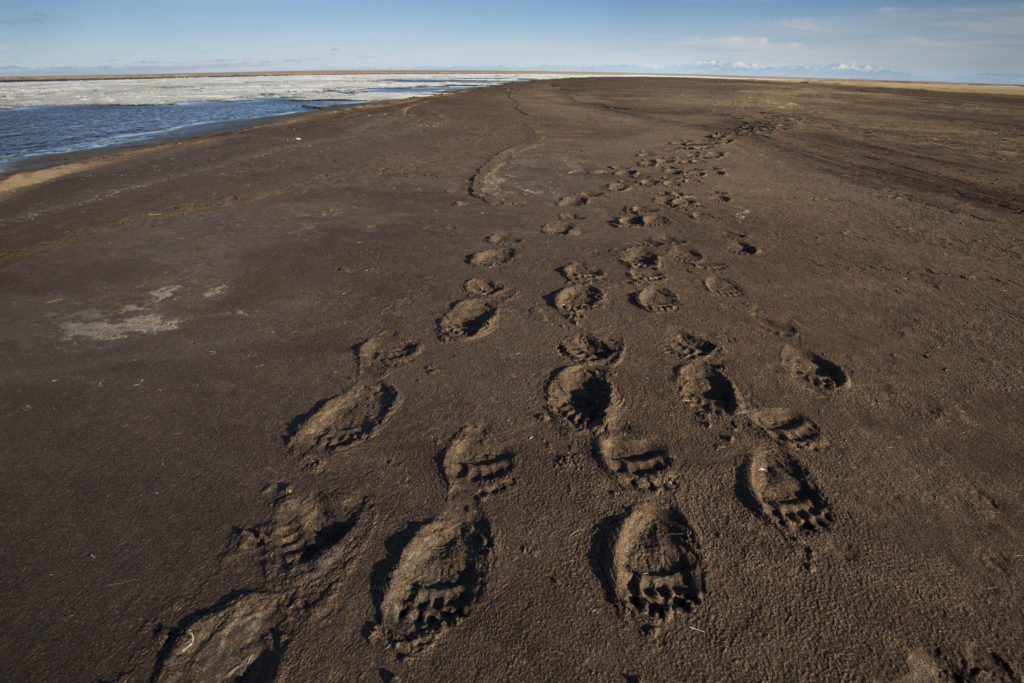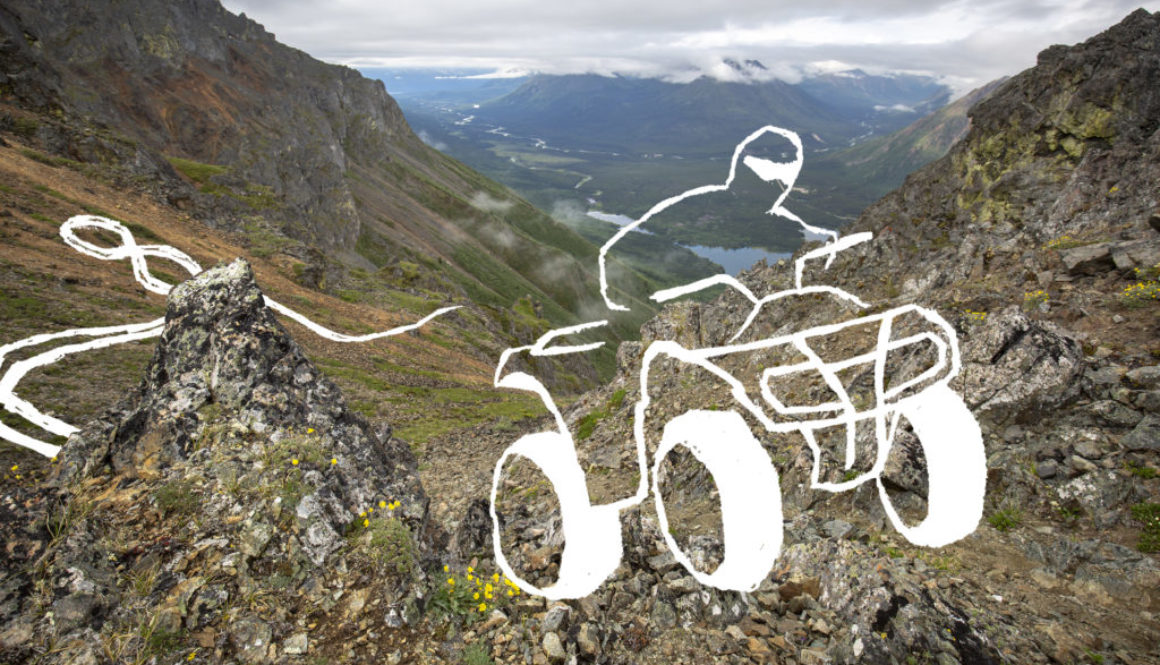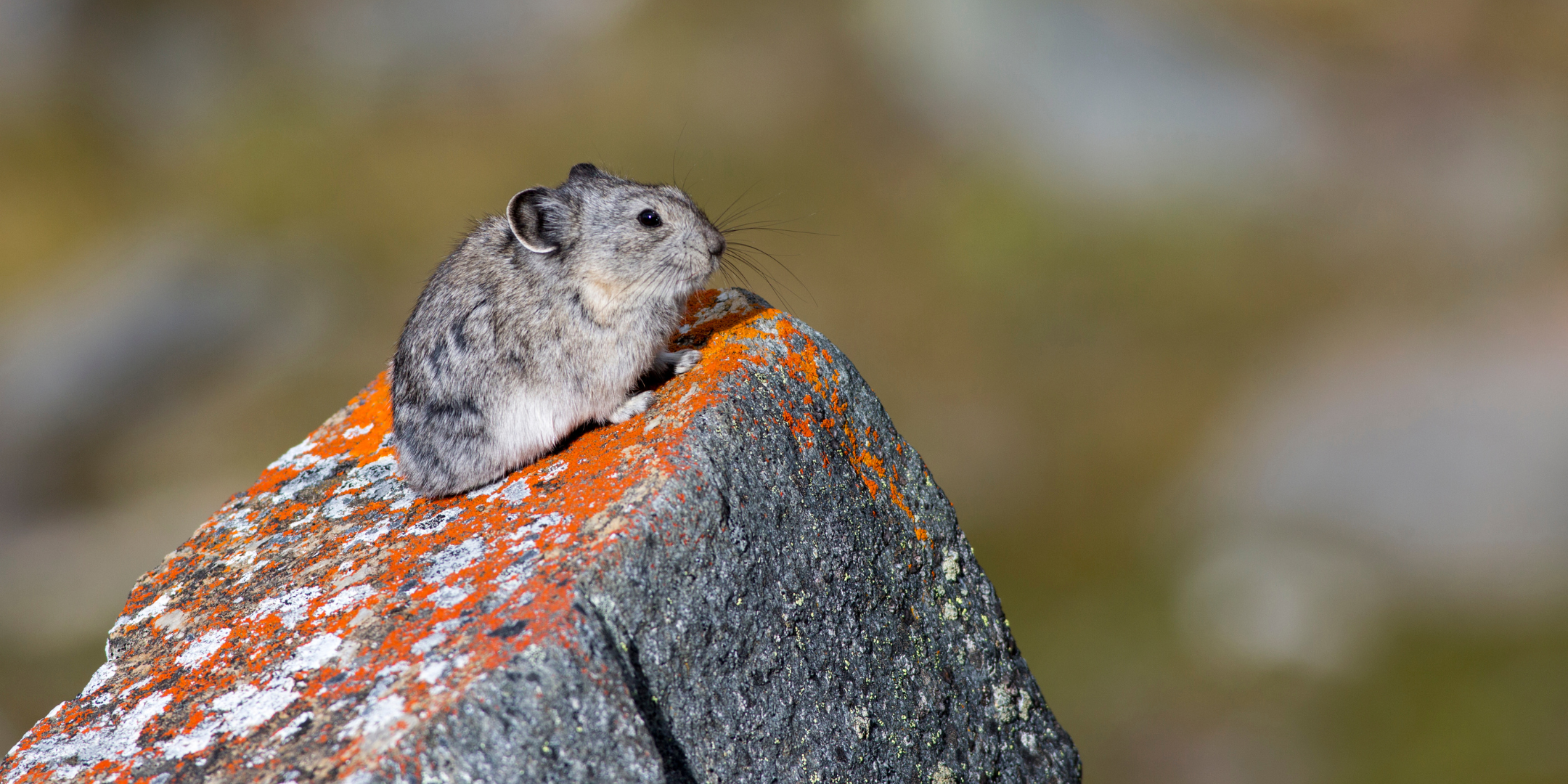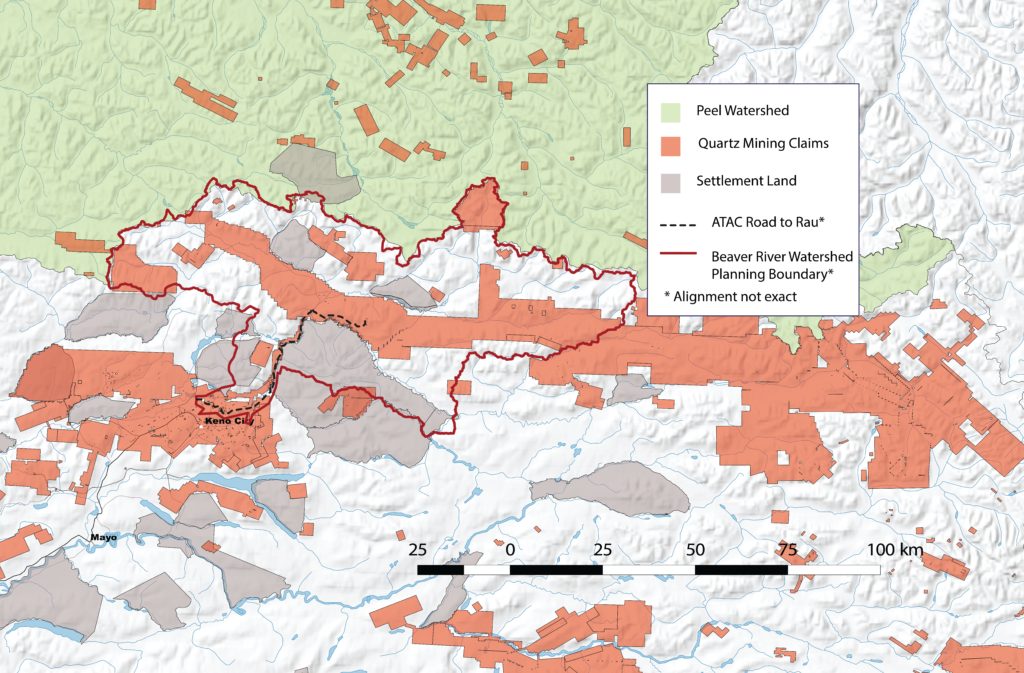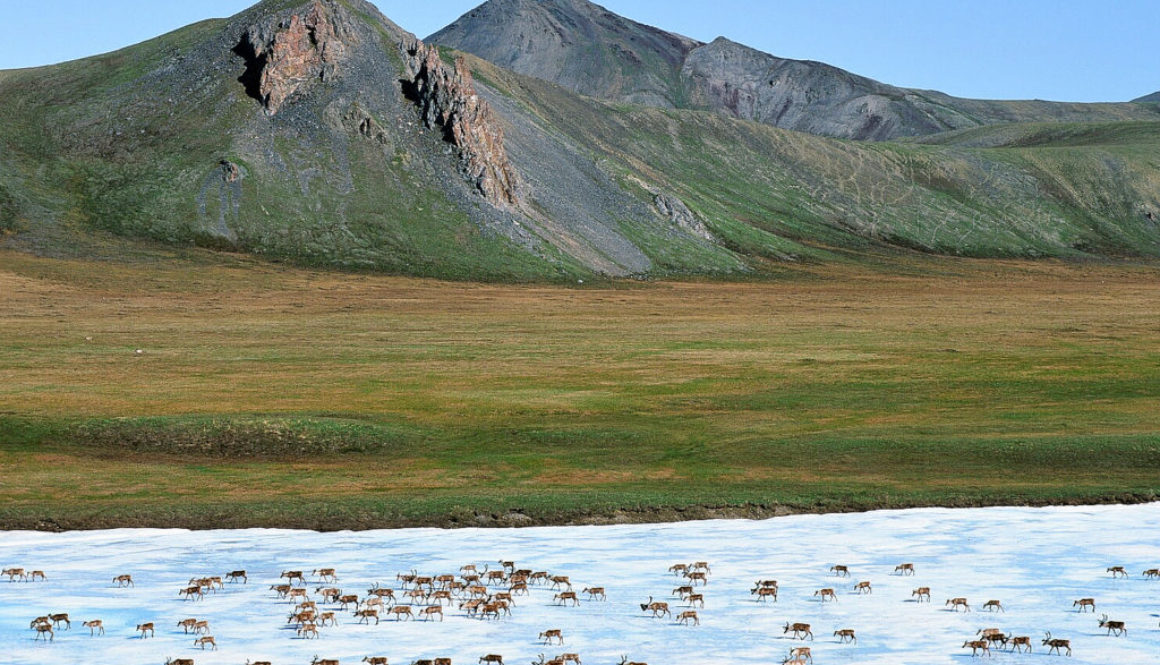Written by Chris Rider | Jun 20, 2019
Foreign funding doesn’t mean activism isn’t locally grown.
Read the full editorial as published in the Yukon News on June 20th, 2019.
—
Op-Ed: Foreign funding for local environmental groups no conspiracy
Over the past year, Canadians have been flooded with rhetoric about foreign-funded eco-activist agendas. Articles and interviews have been laced with these buzzwords to promote division, fear and anger. According to some, there’s a giant conspiracy that environmental groups are plotting to destroy the resource industry and destabilize Canada’s energy sector.
If there is a conspiracy to destabilize the country, it definitely isn’t run through the perpetually overworked and underfunded non-profit sector. Like most people in the charitable sector, we work in this field because we believe it’s important. Life on the planet is dying at rate that humanity has never seen before.
We passionately believe that protecting the Yukon’s thriving, connected eco-systems are critical to maintaining the culture of the Yukon as well as the survival of the people, plants, and animals that call it home.
It is true that CPAWS Yukon, and many organizations like us, receive part of our funding from abroad. If you want to learn more about where we receive our money, you can read our audited financial statements on the transparency page of our website. The reason that we have chosen to make those documents available is that it’s not something we feel the need to hide.
Canada’s economy is connected to the rest of the world. That’s as true for the environmental sector as it is any other industry. For example, Postmedia newspapers, such as the National Post, have run numerous columns criticizing foreign funded environmental groups. This is despite the fact that their majority shareholder is a U.S. based hedge fund called GoldenTree Asset Management.
The Canadian Association of Petroleum Producers (CAPP), another big critic of foreign funded environmental groups, receives significant funding from foreign companies and even has board members who represent the direct interests of companies based in the U.S., China, Malaysia and Norway. Closer to home, Minto Mine was just bought by the U.K. based Pembridge Resources. These businesses are clearly influenced by their foreign owners, yet we do not complain. It’s part of living in a global economy, and that’s our reality.
Canada’s comparatively small population and the global relevance of our work means that for non-government organizations (NGOs) like CPAWS Yukon, it simply makes sense for us to look internationally for support. We decide the work we want to do and write a proposal to pitch our ideas.
If a foundation buys into our vision, they might agree to fund us. If they don’t like our proposal, they won’t. But they have never directed us on what to do. Those decisions come from people who live in and love the Yukon.
As we head towards election season, we’ve started to see talk of “foreign influence” come to the Yukon. For example, in a recent edition of Canadian Geographic, someone suggested that the campaign to protect the Peel Watershed was blown out of proportion by international environmental groups who leapt in with little understanding of the region.
This is false on several levels. The public campaign was home grown in the Yukon, led by CPAWS Yukon and the Yukon Conservation Society — two organizations who have worked here for decades.
It was done in partnership with the First Nation of Na-Cho Nyak Dun, Tr’ondëk Hwëch’in First Nation and Vuntut Gwitchin First Nation — as well as the Teetl’it Gwich’in of the Northwest Territories who all have traditional territory in the Peel. The claim that it was blown out of proportion (perhaps unintentionally) denies the agency of the Elders, leaders and other community members who have consistently worked to protect their home. It’s insulting to suggest that people standing up for their land and their rights are only doing so because they’re part of an international conspiracy.
Our joint victory at the Supreme Court of Canada in 2017 is a clear indication of the importance of our efforts. Canada’s highest court does not hear cases that are blown out of proportion, and the unanimous ruling made clear that Yukon government had acted inappropriately. Without the support of foundations who helped fund the long and expensive legal process, we wouldn’t have had the resources to hold them accountable.
I respect that there are many good people who make their living from mining, and I recognize that it’s an industry that’s currently important to the Yukon’s economy. At the same time, the world is in the midst of a climate crisis and we are seeing a level of biodiversity loss that’s difficult to fathom.
As the world burns around us, the Yukon has an unparalleled opportunity to protect large areas of our land for the wildlife and future generations of people who will call the Yukon home. It’s an opportunity we can’t afford to miss.
The world’s eyes are on Canada, as they should be. We don’t have time to deflect from the issues that plague our world. We need to stop insulting each other and work together to find a balance that respects the incredible wild places that still make the Yukon special. We only have one shot.

